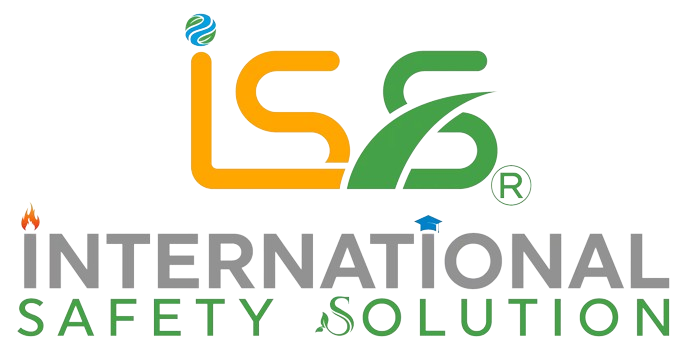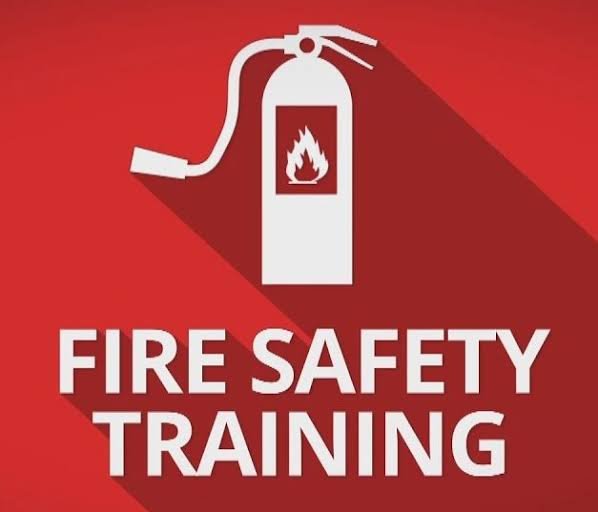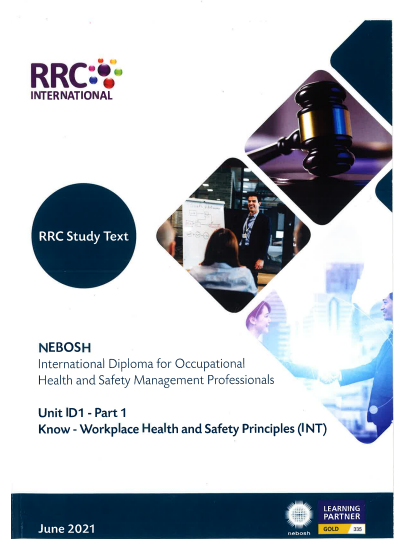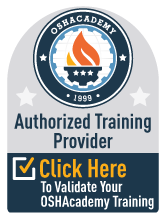Shift Handover Communication: What It Is and Why It Matters
In safety-critical industries like construction, manufacturing, oil & gas, and healthcare, shift handover communication is a structured process used to transfer essential information between outgoing and incoming teams. It ensures smooth continuity of operations, minimizes misunderstandings, and reduces risks linked to incomplete or unclear instructions.

What is Shift Handover Communication?
Shift handover communication refers to the formal exchange of operational, safety, and task-related information when one shift ends, and another begins. This can be done verbally, in writing, or through digital logs. Effective handover involves clear, concise, and accurate communication about:
- Ongoing work and unfinished tasks
- Equipment status and maintenance requirements
- Safety hazards, incidents, or near-misses
- Critical instructions or emergency procedures
- Daily performance reports and targets
Benefits of Effective Shift Handover Communication
1. Enhances Safety
Clear handovers ensure that workers are aware of ongoing risks, hazards, and safety protocols. This reduces the chances of accidents caused by incomplete information (HSE UK, ILO guidelines).
2. Improves Productivity
When incoming staff have all the necessary updates, they can start work immediately without confusion, saving time and maintaining workflow efficiency.
3. Strengthens Accountability
Written or digital records of shift handovers make it easier to track responsibilities, identify errors, and maintain operational transparency.
4. Reduces Human Errors
Many incidents occur due to poor communication. Structured shift handovers minimize the risk of errors by ensuring critical details are never overlooked.
5. Boosts Team Coordination
Effective handovers build trust, encourage teamwork, and align staff toward common goals. It fosters a culture of collaboration and reliability.
6. Supports Compliance
Regulatory bodies (NEBOSH, OSHA, ISO standards) emphasize the importance of documentation and communication during shift changes. Proper handovers help organizations remain compliant.
7. Enhances Emergency Preparedness
In case of emergencies, incoming staff are fully briefed on existing hazards, alarms, and contingency plans—allowing quick and effective response.

Conclusion
Shift handover communication is more than just an exchange of information—it is a critical safety and operational practice. A well-structured handover ensures that no detail is missed, hazards are communicated, and responsibilities are clear. Organizations that invest in proper shift handover systems not only improve safety and compliance but also gain higher efficiency, productivity, and teamwork.
By making shift handover communication a core part of workplace culture, companies can significantly reduce risks, enhance worker confidence, and maintain smooth 24/7 operations.




